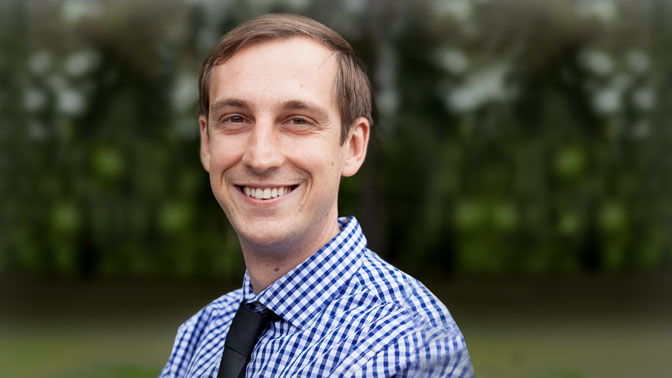
Conference: American Spinal Injury Association (ASIA) Summit, April 2-5, Honolulu, Hawaii, USA
Conference Highlight: the ASIA summit presented a comprehensive range of topics from cellular to clinical research. A key highlight was a full day covering neuromodulation during transcutaneous or epidural spinal stimulation.
Conference Summary: With the support of the ORT Travel Award, I had the opportunity to attend the 2019 ASIA Summit. Aside from a quick (and amazing) escape from the Canadian winter, the ASIA summit was an excellent opportunity to learn and share knowledge with spinal cord injury researchers and clinicians from around the world. The conference program offered a broad range of topics from life-long research lines on restoring the quality of life after spinal cord injury by Dr. Marcel Post (Netherlands), and axon regeneration after spinal cord injury by Dr. Michael Sofroniew. Dr. Adam Ferguson (USA) introduced a new open-access platform to store and share animal or human model data between researchers. The goal of this platform is to make data publicly available, citable and comparable, with the long-term aim of improving results’ validity and transparency.
The last day of the meeting was mainly dedicated to discussing a hot topic in spinal cord injury research: spinal neuromodulation. Transcutaneous and epidural spinal electrical stimulation is a promising technique to enhance the recovery of motor function after paralysis. It has received wide attention from the media for allowing the partial recovery of walking function in people living with incomplete spinal cord injury. The neuromodulation workshop addressed topics related to mechanisms of action, potential therapeutic outcomes and barriers for clinical implementation. More importantly, the workshop moderators stimulated discussions about possible counter-indications and raised awareness of potential deleterious side effects (e.g. increased spasticity or autonomic dysreflexia).
Interestingly, these controversial topics were presented in a friendly manner stimulating discussions between the far ends of the translational research spectrum. Overall, the ASIA Summit 2019 was a welcoming environment to participate in knowledge translation activities that will impact the quality and relevance of the spinal cord injury research produced at UHN.




